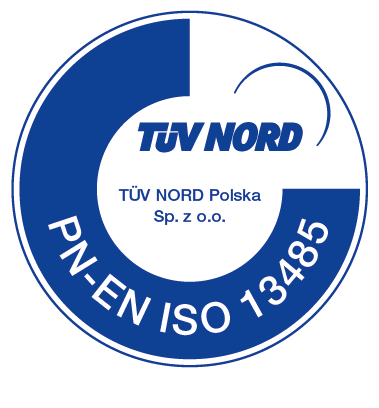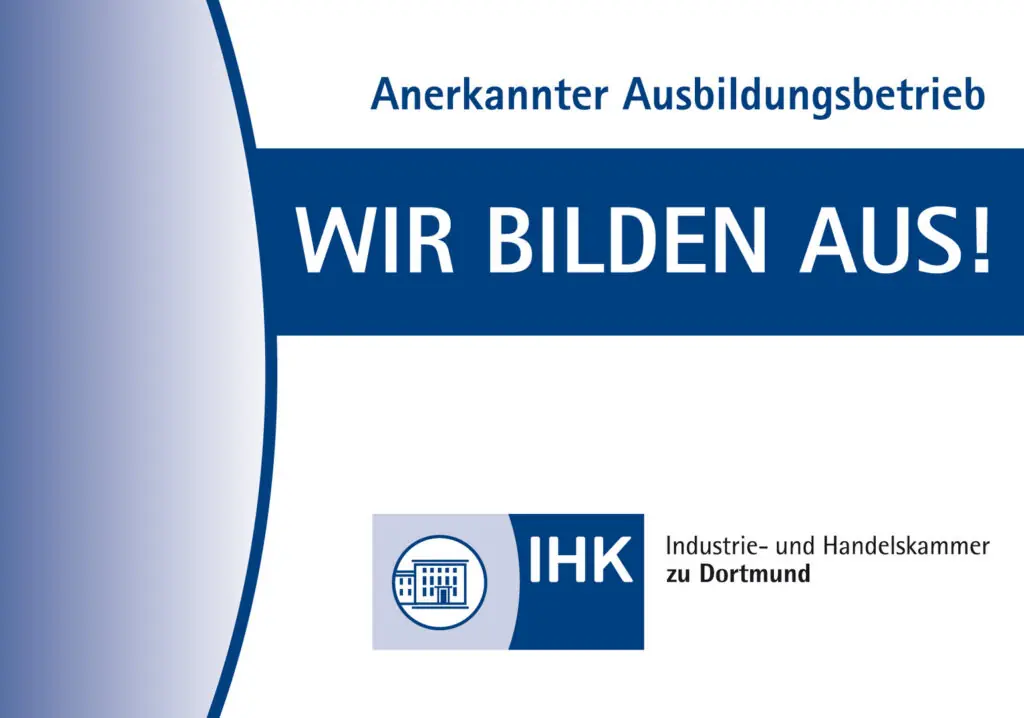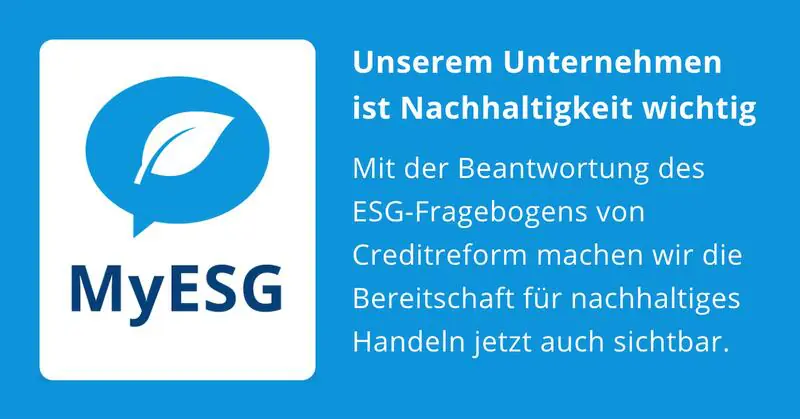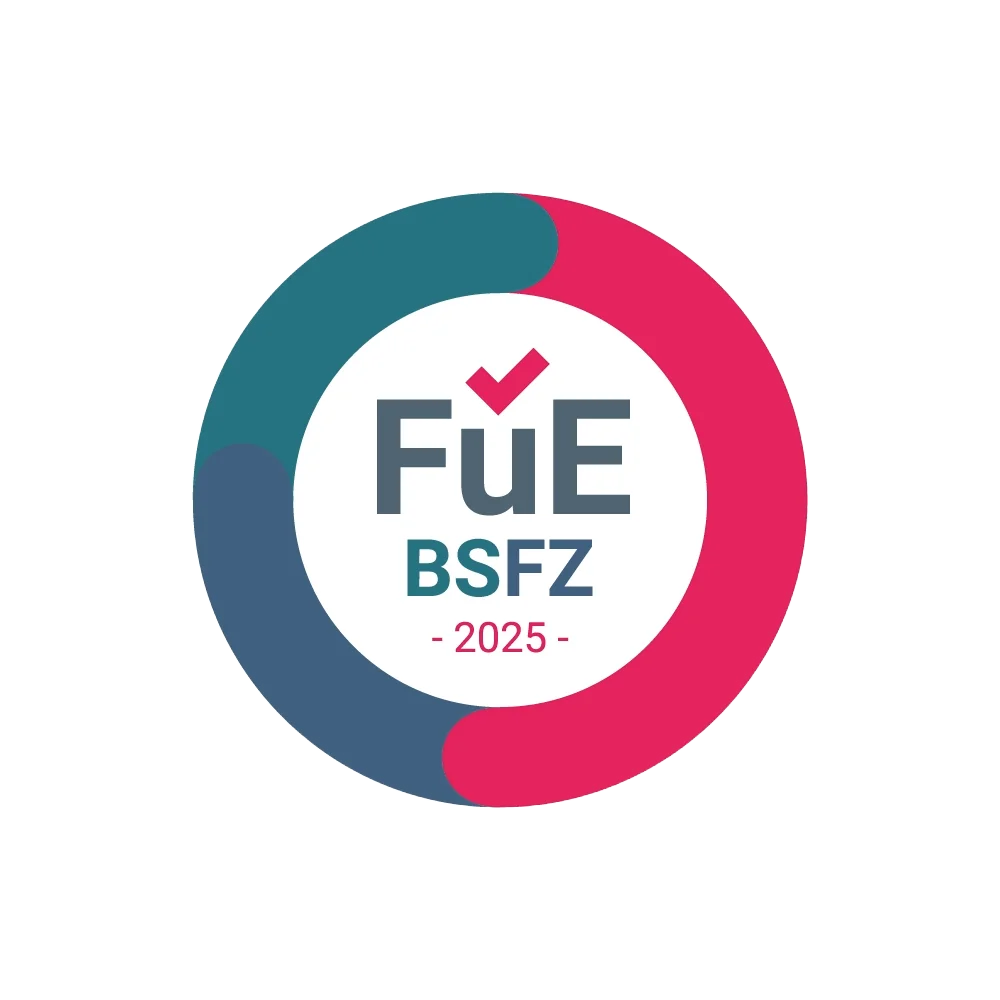Differentiation Pharmaceutical and Medical Device Classification
What is the difference between Pharmaceutical and Medical Device?
The difference between Pharmaceutical and Medical Device is not self-explanatory in some cases and cannot always be clearly answered by many experts. The distinction affects everything from regulatory pathways to clinical requirements, market access speed, and compliance costs.
Unlike the U.S. FDA, which clearly separates “drugs” and “devices,” the European system is guided by nuanced definitions under different sets of regulations. And in complex cases, the final classification may even be determined by a court ruling, including the European Court of Justice.
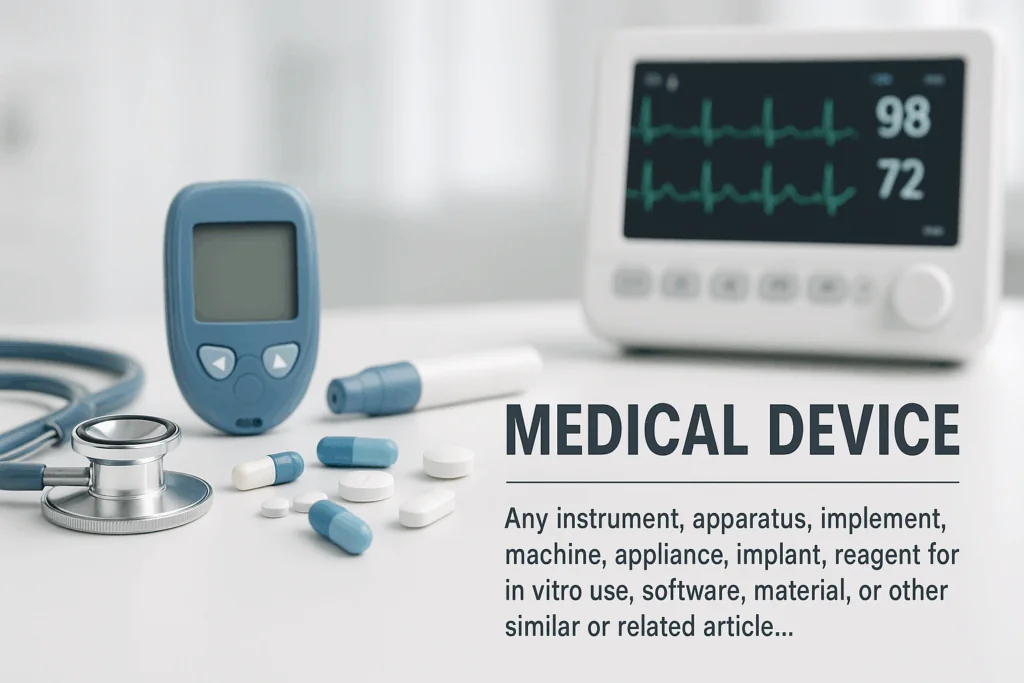
The Legal Definition of Medical Device and Pharmaceutical
In the definitions of the respective laws and regulations, both product groups serve to “alleviate, prevent and treat illnesses”.
The legal framework for Medical Devices states: “…all substances and preparations of substances or other objects… that are intended by the manufacturer for use in humans by means of their functions for the purpose of detecting, preventing, monitoring, treating or alleviating diseases […] and whose intended primary effect in or on the human body is achieved neither by pharmacological or immunological means nor by metabolism, …”
The Medicinal Products Act defines Pharmaceutical as: “substances or preparations made from substances… that are intended for use in or on the human or animal body and are intended as agents with properties for healing or alleviating or preventing human or animal diseases or pathological complaints…”
Definition questions arise from the wording of the law, such as “intended primary effect”. In practice, this is defined by the so-called “intended purpose”. If this intended purpose is achieved neither pharmacologically, immunologically nor metabolically, the product in question may possibly be placed on the market as a Medical Device. In this case, we usually speak of “substantial Medical Devices” or also Borderline Medical Devices. A consumer with an average level of interest cannot, at first glance, tell the difference between these Pharmaceutical and Medical Device. Some examples would be laxatives based on macrogol or slimming products based on plant extracts. Similar cases also apply to the legal areas of food, food supplements, dietary foods, novel foods and functional food.
The official EU Guidance
In order to simplify the classification and the distinction between Pharmaceutical and Medical Device in the respective legal areas, some interpretation aids on the subject have been published:
a) Guidance document: Classification of Medical Devices (2007 but still to some extent up-to-date, (c) AGMP Working Group)
b) MANUAL ON BORDERLINE AND CLASSIFICATION IN THE COMMUNITY REGULATORY FRAMEWORK FOR MEDICAL DEVICES, Section 4 highlights the difference between MD (Medical device) and Pharmaceutical Product (Drug) (European Union, here in version 1.18 from 2019. This guide is regularly updated. [If you are interested, we recommend googling the current version yourself.]
For products in the border area between pharmaceuticals, cosmetics and medical devices, we prepare classification analyses that we discuss with your notified body or the relevant authority to ensure legally compliant distribution of your products. Contact us for a non-binding and free-of-charge discussion to explore this possibility.
Frequently Asked Questions
The fundamental difference in the mode of action. A Medical Device achieves its primary intended effect typically by physical or mechanical action. In contrast, a Pharmaceutical is defined as a substance or preparation intended to exert its effect pharmacologically, immunologically or metabolically to treat or prevent disease.
Many products serve similar purposes (e.g. treatment or prevention of disease), but their mechanisms of action can overlap or be unclear, making classification complex—especially for borderline products.
The intended purpose defines how the product is supposed to work. If the primary effect is not achieved pharmacologically, immunologically or metabolically, it may be classified as a Medical Device.
Yes, so-called combination products exist. However, one mode of action must be considered primary, which determines the regulatory path (either under MDR or Pharmaceutical Law).
Yes. Key references include the “Manual on Borderline and Classification” from the EU Commission and the “Classification of Medical Devices” guidance by the AGMP Working Group. You can also contact us for support with your Classification Analyses.
Need more information?
WQS provides you with detailed information on your subject.
You can also explore our FAQ page and other resources for further insight
– or simply contact us for direct support.
